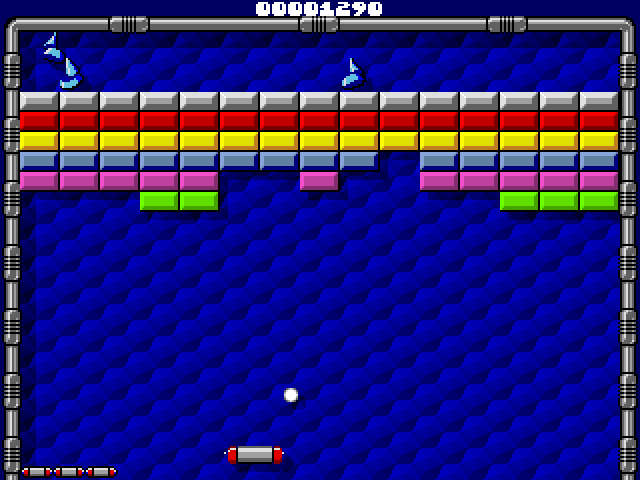
It became a major commercial success in arcades, becoming the highest-grossing table arcade cabinet of 1987 in Japan and the year's highest-grossing conversion kit in the United States. The enemy and power-up designs were 3D models converted into sprite art.Įarly location tests for Arkanoid surpassed Taito's initial expectations. Level designs were sketched on paper before being programmed and tested to make sure they were fun to play. The film Tron served as inspiration for the game's futuristic, neon aesthetic.

It was part of a contest within Taito, where two teams of designers had to complete a block breaker game and determine which one was superior to the other.

Other blocks may be indestructible or require multiple hits to break.Ĭreated by Taito designers Akira Fujita and Hiroshi Tsujino, Arkanoid expanded on the concept established in Atari's Breakout, a successful game in its own right that was met with a large wave of similar clone games from other manufacturers. Some blocks contain power-ups that have various effects, such as increasing the length of the Vaus, creating several additional balls, or turning the Vaus into a laser cannon. Controlling a paddle-like craft known as the Vaus, the player is tasked with clearing a formation of colorful blocks by deflecting a ball towards it without letting the ball leave the bottom edge of the playfield.

In North America, it was published by Romstar. Arkanoid is a 1986 block breaker arcade game developed and published by Taito.


 0 kommentar(er)
0 kommentar(er)
